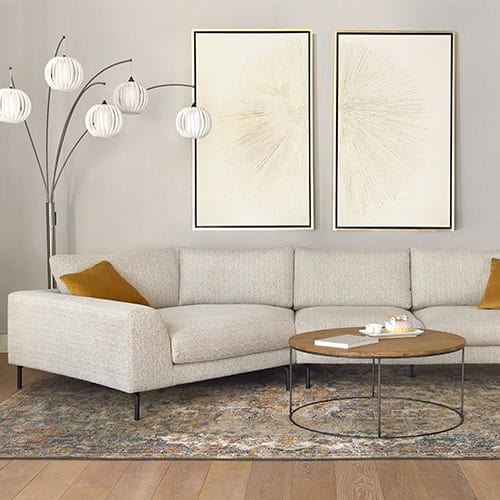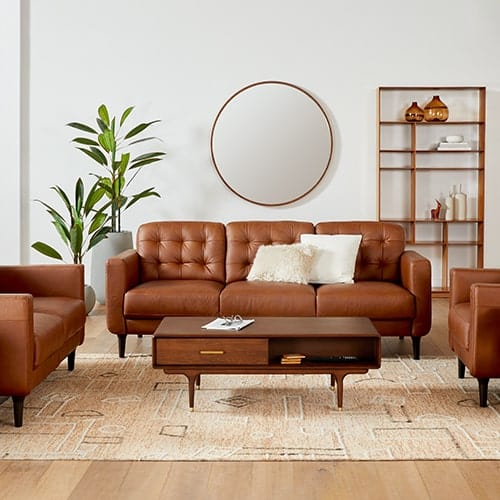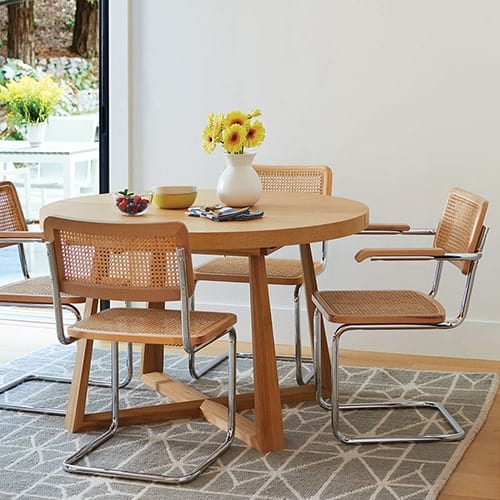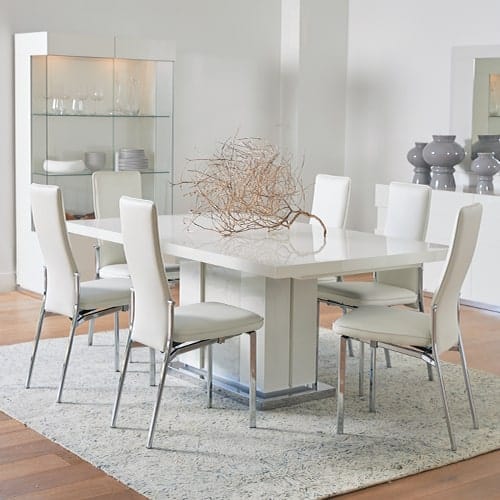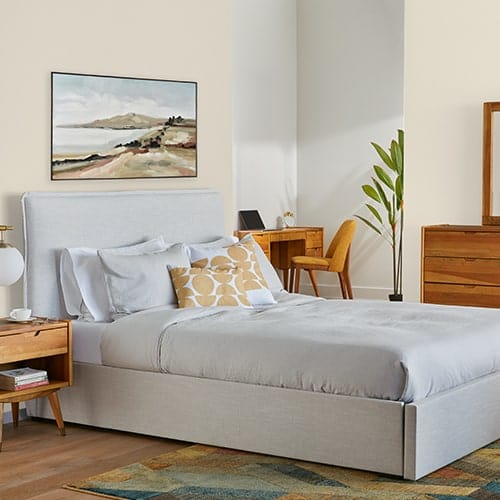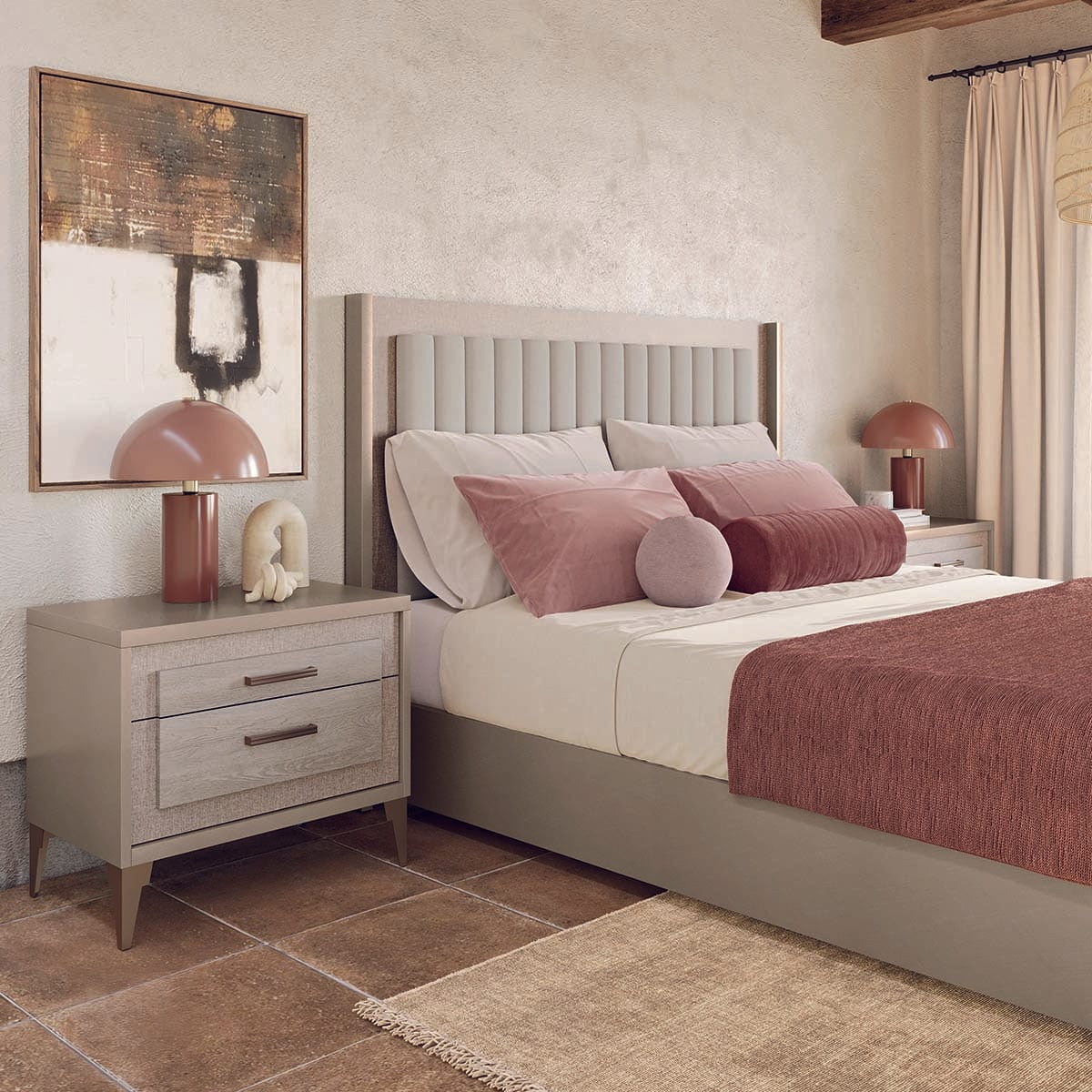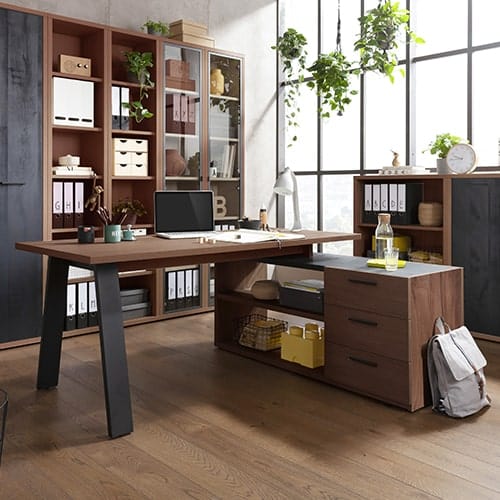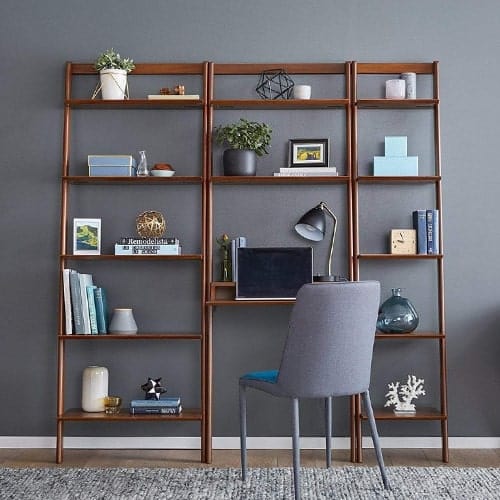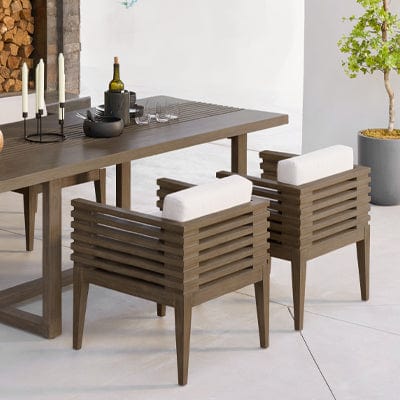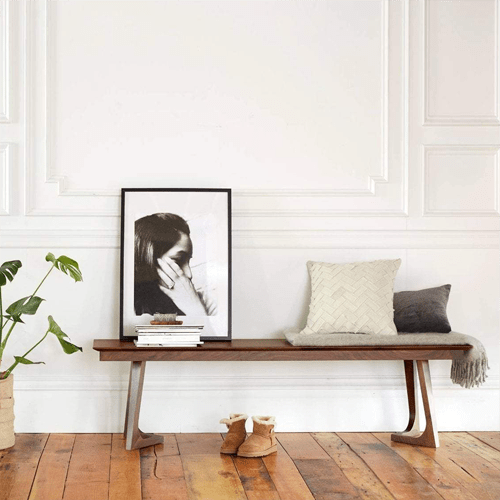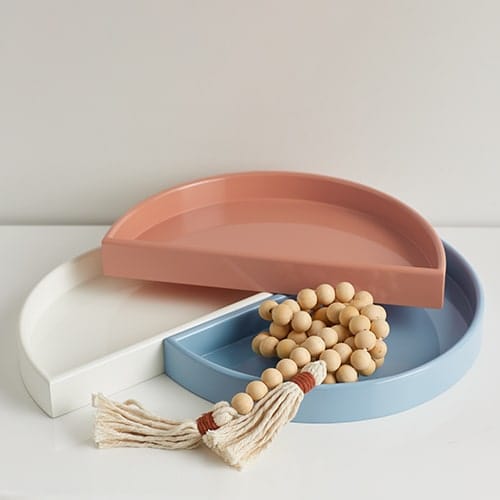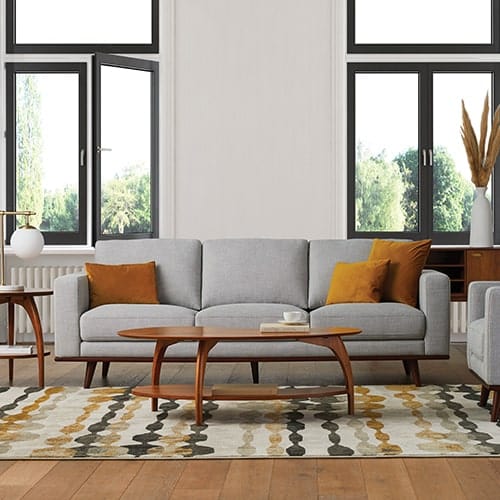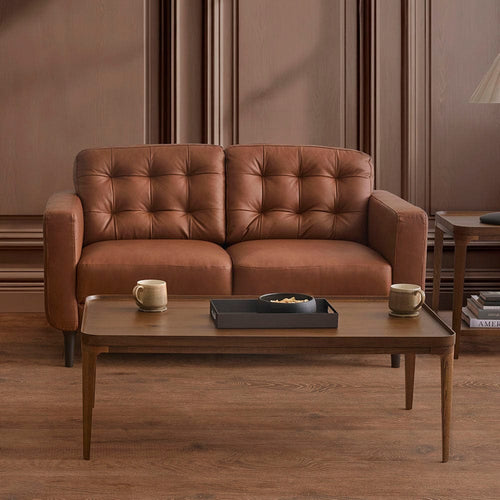Your Cart is Empty
Wood Care
Wood furniture is sought after for its classic look. Pieces that feature wood craftsmanship are often thought to bring a certain warmth to the room they occupy, filling it with the natural beauty of wood tones. While the care of wood furniture can vary according to the wood type, finish, and the function of the piece, these basic care tips are an easy way to ensure the longevity of your furniture.
WOOD CARE INSTRUCTIONS
- Always read and follow care instructions provided with the furniture.
- Sunlight: As wood is a natural product, it reacts to exposure to light, particularly in the first couple of months it is in a new space. Direct sunlight may slightly darken or lighten wood furniture. It is advisable to move or rotate decorative objects on a regular basis: this allows the natural changes on the surface of the wood to occur evenly over the entire surface, and will help to avoid odd light and dark patches.
- Heat Marks: Intense heat can lead to changes on the wood surface. The use of coasters underneath containers with hot contents on wood surfaces is recommended.
- Liquids: Remove spilled liquids, acidic fruit juices and alcoholic drinks immediately. Always use felt pads, trivets, or placemats – especially in the case of chilled drinks – to prevent heat and moisture causing discoloration as this easily penetrates wood surfaces. If a hot or even warm object like a pizza box is left on wood surfaces, it can leave a moisture ring.
- Avoid placing your furniture in highly humid or dry areas, such as directly next to air vents.
- Based on the frequency of use and storage, dining table leaves may change tone at a different rate than the table itself.
- Dust with a dry, soft cloth.
- Remove any grime buildup with a damp cloth and dry immediately.
- Avoid contact with certain materials such as rubber, which might react with the finish: oil finishes may be renewed by using appropriate care products: follow instructions carefully when using any care product.
WOOD CLEANING
- Wood is a natural material that is susceptible to both climate and the elements.
- For everyday cleaning, simply dust your wooden pieces with a soft, lint-free cloth or feather duster.
- When heavier-duty cleaning is needed, wipe the surface with a damp (not wet) cloth or sponge, and follow immediately with a dry, clean, lint-free cloth.
- Please note that liquid left on wood will stain the wood, leaving a mark that can be much harder to fix.
- It is important to wipe in the direction of the wood grain to avoid unsightly streaks on the wood surface.
- When using cleaners, avoid wax-based furniture polish cleaners; some polishes on the market contain wax and silicone that will build up on the table surface, creating a “cloudy” appearance on the finish of the unit.
- Please read the contents and instructions carefully before applying a product to a wooden surface.

